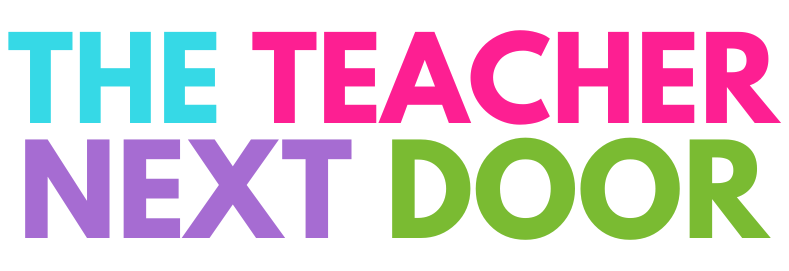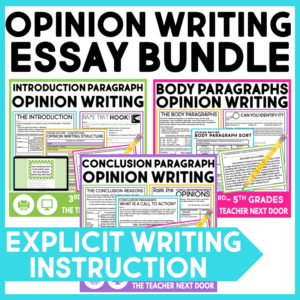
There’s no argument that strong vocabulary skills make kids better readers. But how do we get even our most reluctant, struggling reader to dive deeper into the text and build, build, build that vocabulary? Well, you make a deal with them, of course.
Here’s what you’ll find in this blog:
- an anchor chart
- a teaching strategy & mnemonic device
- teaching resources that will save you TIME
- a freebie to try before you buy
Let’s Make a DEAL with Context Clues
Okay, technically, the mnemonic device is DEALS, but that doesn’t pay homage to the game show.
There are 5 types of context clues that kids can look for when reading.
- Definitions
- Examples
- Antonyms
- Logic
- Synonyms

Let’s break each type of context clue down.
Definitions
Sometimes context clues are right in front of us. In this case, authors may place the definition or description of a word right in the text. Students may come across this type of context clue mainly in informational texts, but they can be found in fictional works as well.
Example:
“In France, the catacombs – an underground cemetery – are home to more than 6 million human remains.”
Examples
Examples are my favorite reason to use the “keep reading” line. Sometimes within a text, authors will place an example after an unknown word. When kids are taught to pause briefly, acknowledge they don’t understand a word from the text, and to keep reading to search for context that may help them understand, that is true self-advocacy. Readers with self-advocacy make for responsible learners who are willing and ambitious to consume new information.
Example:
Marsupials, like kangaroos, koalas, opossums, and wombats, are all commonly carried in the mother’s pouch after birth.
Antonyms
By second grade, students already know the definition of synonyms and antonyms. Antonyms make great context clues because they tell what an unknown word is not. Often, the antonym is a word a student will know, thus making it possible to define an unknown word as the opposite of a known word.
Example:
Joanne was cantankerous. She surely was not a ray of sunshine in the morning.
Logic
Logic is my favorite type of context clue. Reading needs to make sense, but sometimes we need to make sense of it through making inferences. Here, readers will be activating their background knowledge and new information from the text.
Example:
“The old cell phone was so imperishable that it seemed it would be around long after any iPhone. This thing was like a brick. My parents joked that you could run it over with a car, and it still wouldn’t break.”
Synonyms
Like antonyms, synonym context clues are right in the text for students. They help them derive meaning by telling them that an unknown word is like something they already know.
Example:
“That Gary Malone was so pretentious. He thought he was God’s gift. He was so full of himself and such a show-off. Worse yet, his parents thought the same thing!”
TIME SAVER: Here are a few context clues resources that are ready and waiting to be used in your classroom.
These Context Clues grade level sets have 3 sets of 32 task cards, that’s 96 task cards total! Included are the print, cut, and laminate option AND the digital, self-grading option!
The digital version of these task cards are self-grading to save you time planning AND time grading.
Here’s what one teacher said:
“These task cards have been wonderful to use in small groups when focusing with context clues. My kids have fun solving them and I have turned them into a fun game that I play with the whole group! I love these!” – 5 Star Review
Each grade level is listed below!
2nd Grade Context Clues | Print & Digital
3rd Grade Context Clues | Print & Digital
4th Grade Context Clues | Print & Digital
5th Grade Context Clues | Print & Digital

6th Grade Context Clues | Print & Digital
Context Clues Bundle
If you’re looking to differentiate between a wide range of abilities in your classroom, the largest bundle includes all grade-level sets from 2nd – 6th. This set is perfect for reading interventionists because the cards are color-coded by level but do not contain any grade level identifiers; this means YOU know what level the students are working on, but they do not!
2nd – 6th Grade Context Clues Task Cards Bundle
INTERESTED IN MORE? Check out these posts:
- The Main Idea Strategy That Will Help Your Students Win Big
- Why You Need to Use Interactive PDF Games
- Target Reading Strategies with Digital Reading Units





















